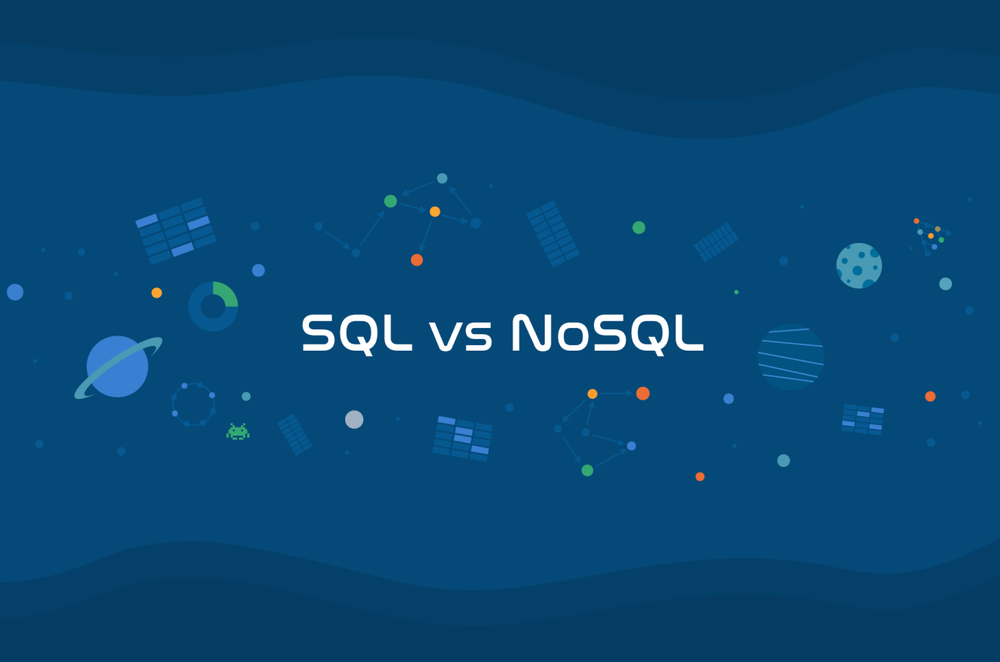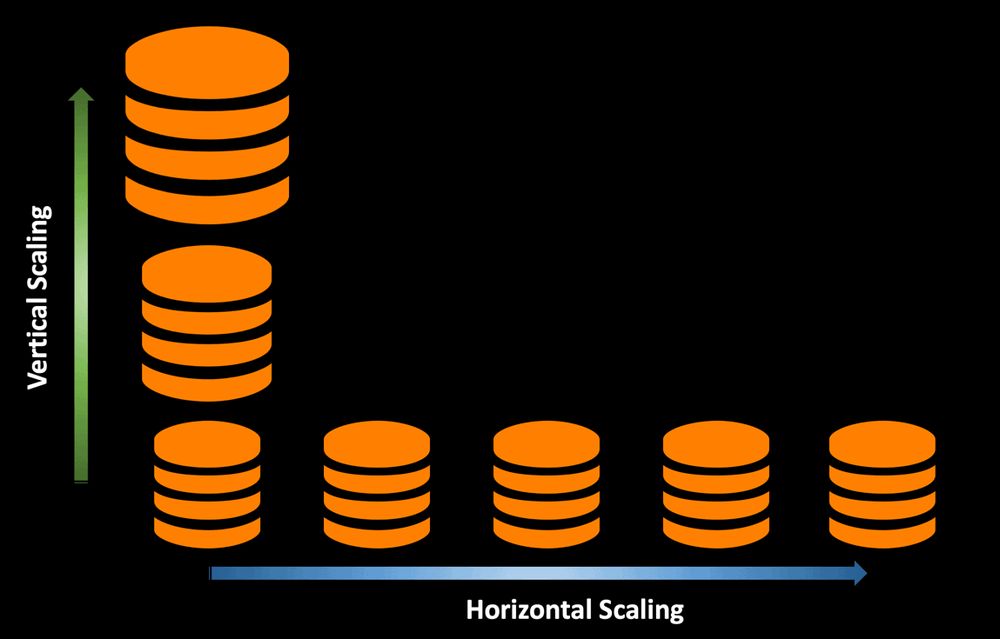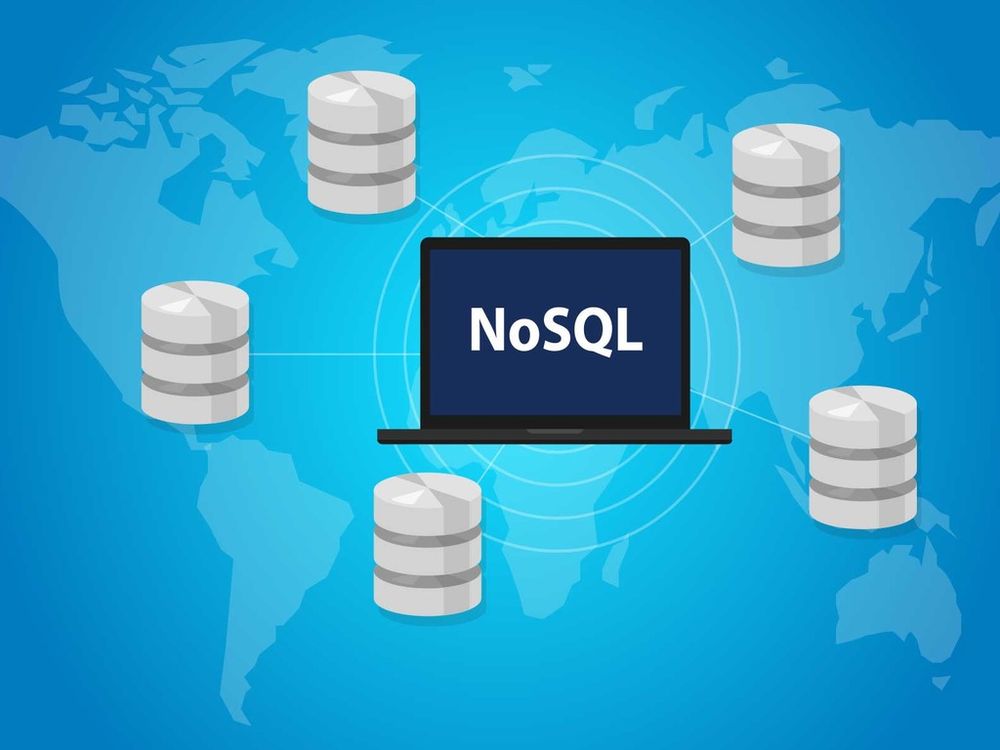Before we talk about hybrid architecture, let’s go over what IoT actually describes in case the term feels kind of fuzzy for you like it does for most people.
The Internet of Things refers to the way everything is becoming connected. From your smartphone to your home to your car and beyond, all technology is moving toward a place of constant connection and interaction.
To keep up in business, you have to think about more than just the user experience on your website or app. How will a user interact with your business on their commute to work? What about when they’re on the treadmill, or when they are cooking dinner or washing dishes?
The IoT exists in a perpetual state of evolution, meaning new use cases and scenarios pop up every single day. For your business to stay on top of the latest technological developments, and to be part of this endless cycle of connection, your apps, platforms, and operations must all work seamlessly together, and that is where a hybrid NoSQL Architecture comes in.

What is a “Hybrid NoSQL Architecture”?
When it comes to database management, you generally have two options:
- Relational Database (SQL)
- Non-Relational Database (NoSQL)
Relational databases were the first to emerge and have been used across the past several decades to store and retrieve information, and to fuel various types of businesses. This type of database uses tables to maintain structured data in rows. Since it was designed before the IoT, the SQL database has struggled in many ways to maintain relevancy and is challenged in areas such as affordability, scalability, and flexibility.
Non-Relational databases were created to solve many of the shortcomings of relational databases. NoSQL databases are far more scalable and flexible, in addition to being much faster to the point of returning results from search queries in near real-time. NoSQL databases operate using less structured and unstructured data stores and are cloud-based to ensure they maintain 24/7 availability.
Hybrid architecture is a combination of different database models. Specifically, a hybrid architecture empowers you with the ability to work with SQL and NoSQL together within a single system.
But why would you use a hybrid approach when NoSQL is better than SQL in virtually every possible way? Why do you need both?
Infrastructure Considerations
The most obvious reason for the necessity of a hybrid model is that many businesses have built their entire operation around relational database systems.
In other words, it would be very difficult, extremely time-consuming, and cost-prohibitive to completely switch from one model to another. Yet, modern businesses must evolve with technology if they want to stay relevant.
Enter the hybrid NoSQL architecture.
Hybrid NoSQL architectures are capable of managing many SQL applications, which makes them somewhat backward compatible. The system allows businesses to implement the features of NoSQL without sacrificing their relational database infrastructure.
By using a hybrid approach, your business can enjoy the best of both worlds. You can continue your operations uninterrupted while giving yourself a boost with the power of real-time analytics, data, and performance afforded by adding NoSQL.
What Does This Look Like in Practice?
Hybrid databases take advantage of a multi-faceted approach to data storage and retrieval. By storing and returning data with physical disks, and by leveraging in-memory data for active performance enhancement, hybrid database systems can support multiple operations with improved speed and efficiency.
On-Disk Database
The core benefit of leveraging on-disk systems is that physical disks have enormous storage space that can hold loads of data beyond the in-memory capacity. The one pitfall is that retrieving data from a physical disk is a much slower process than pulling it from in-memory.
In-Memory Database
Unlike physical disks, memory-based storage can rapidly recall data for retrieval. Unfortunately, the storage capacity for in-memory is much less than what a physical disk can hold. For this reason, a hybrid system that leverages both can create a powerful in-between solution.
Other Benefits of Hybrid NoSQL Architecture
In addition to speed and storage capacity enhancements, hybrid architecture also offers businesses the following advantages:
- Affordability: Physical disk storage costs much less than in-memory storage, which means you can increase your storage capacity anytime without eating into your bottom line.
- Flexibility: A hybrid NoSQL architecture gives you the ability to perform Hybrid Transactional and Analytical (HTAP) processing. This means you can simultaneously execute transactional and analytical processes without bogging down your database.
- Multiple Data Stores: The biggest limitation of relational databases is found in the way they store and retrieve structured data using rows. With a hybrid database, you can manage your data in rows, columns, and other formats.
- Resource Freedom: Since hybrid databases can be launched in the cloud, it means you can free up local resources. While you can still launch your database services locally, you don’t have to, and that gives you a lot of freedom when it comes to your in-house resources.
Why Is This Important for the IoT?
There are times when it doesn’t make sense to use a hybrid setup. Some businesses should stick with relational models while others should go all-in with non-relational models.
When your business is limited in size, and you don’t have plans to add apps or real-time features, and when constant database upkeep isn’t that important, then you might be able to save yourself time and money by using a SQL database. This is also true if you only deal with structured data and if your operations only involve minimal online interactions.
If your business is on a different trajectory – say you are on an exponential growth path, whether that is inventory, user management, or some other aspect, and if you will constantly be engaging with users and need the power of real-time analytics constantly, then a NoSQL-only database could be the right solution for you.
A hybrid NoSQL architecture comes in when you need the best of BOTH worlds. When you have offline operations or you have structured data or when you’ve built your entire business around a SQL database, but now you are ready to expand into the IoT to offer newer, faster apps, advertisements, inventory management, and personalization without losing everything you’ve built, then a hybrid database makes the most sense.

Making the Best Choice for Your Business
The best option always depends on your current and future business goals. How have you built yourself up so far? Where are you going in three years? Five years? Ten years?
If you think you will need a combination of SQL and NoSQL solutions, then a hybrid architecture will be the right choice for you. This is especially true if you’ve already been using SQL and you want to give yourself a solid foundation as the world of IoT continues to evolve.
However, if you only deal in structured, low-volume data, then you will save time and money by sticking with your trusty old relational system.
Finally, if you’re all-in on technology, real-time data, scalability, flexibility, and your plan is for exponential growth, then a cloud-based NoSQL database is the absolute best choice for you.
To get the most comprehensive NoSQL solution in existence, start here with BangDB completely free, and give yourself the biggest IoT advantage right now.
Further Reading:











